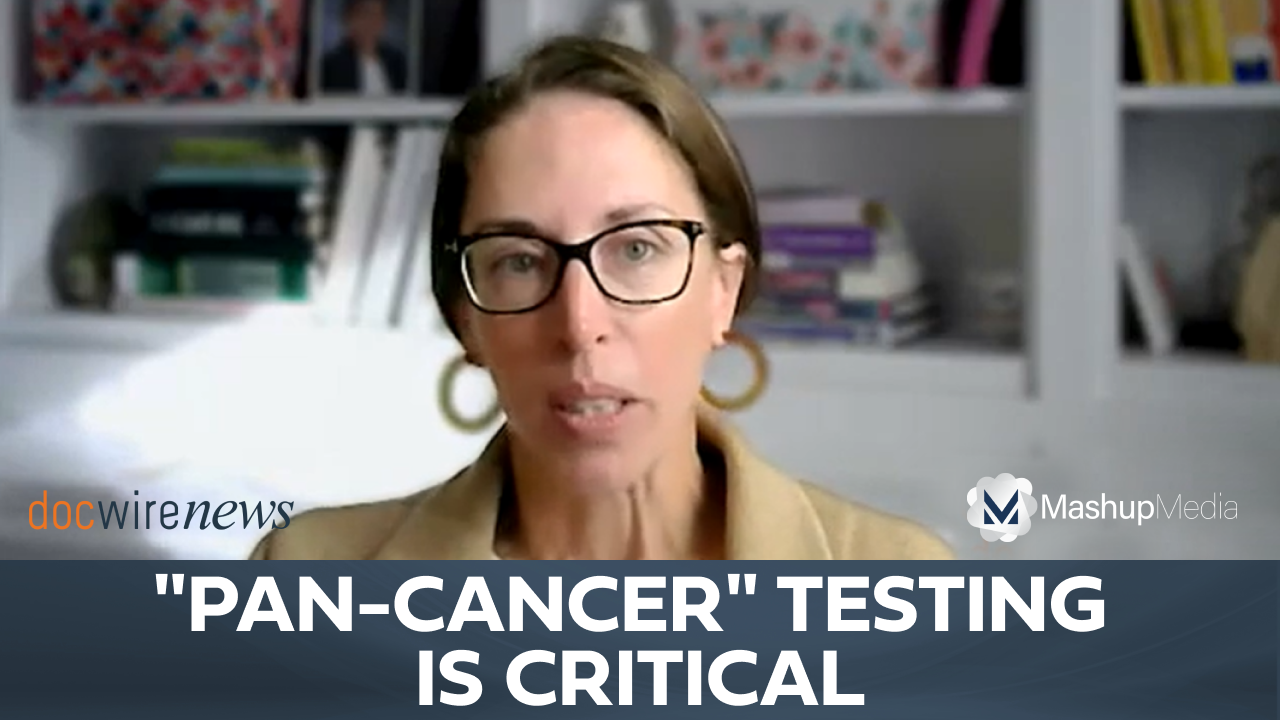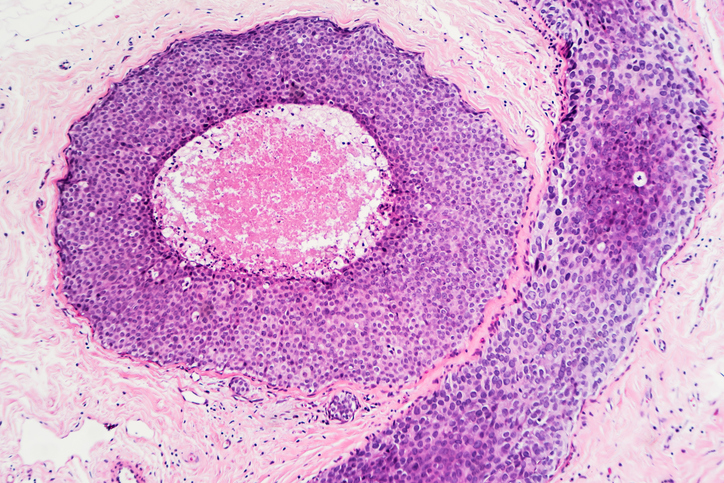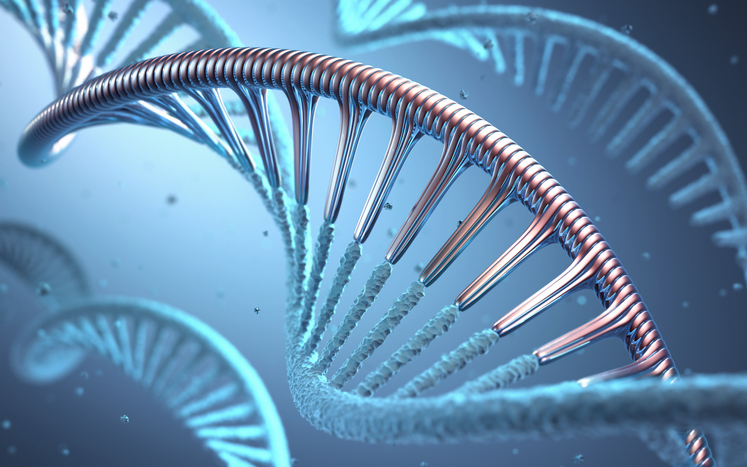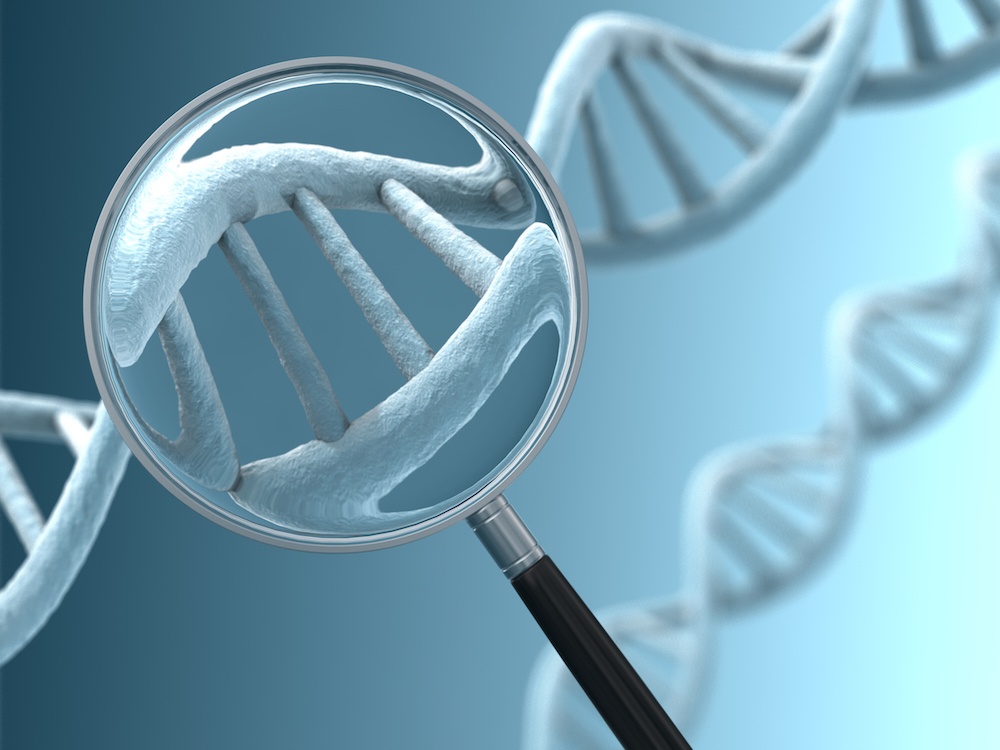
Despite the fact that half of all carriers of inherited cancer pathogenic variants in BRCA1/2 are male, men undergo considerably less genetic testing than women, according to a research review published in JAMA Oncology.
“Not enough men are getting genetic testing to see if they carry a BRCA1 or BRCA2 gene variant that increases their cancer risk,” said lead author Heather Cheng, MD, PhD, director of the Prostate Cancer Genetics Clinic at Fred Hutchinson Cancer Center, via a press release. “And the men who know they are carriers get tested for their daughters but don’t always know why it’s important for their own health.”
Men account for 50% of the carriers of BRCA1/2, which is linked to an increased risk of breast, prostate, and other cancers; however, the current rate of testing for men is only one-tenth of that for women. The review also refers to “males” as individuals assigned the male sex at birth and recommends that transgender women and gender neutral and gender fluid carriers of the BRCA1/2 mutations also undergo individualized cancer screening based on sex-specific organs.
Despite the increased cancer risk for BRCA1- and BRCA2-carrying males, the review notes that national guidelines on genetic testing and cancer screening for males have been slower to emerge but are now beginning to include more specific measures for this population. With less public awareness regarding risk for males carrying BRCA1 or BRCA2 mutations, physicians and other health care professionals may not always be aware of the most up-to-date screening recommendations, the review suggests.
“We have multiple programs centered around cancer genetics and prevention that help patients and their families,” Dr. Cheng said. “I get to meet the brothers and sons of my patients, some before they have cancer, in order to talk about screening for prostate cancer. And that’s really gratifying. It’s important for folks out there to know that we have these resources, because sometimes they don’t know where to go for state-of-the art cancer early detection, prevention, and treatment.”







 © 2025 Mashup Media, LLC, a Formedics Property. All Rights Reserved.
© 2025 Mashup Media, LLC, a Formedics Property. All Rights Reserved.